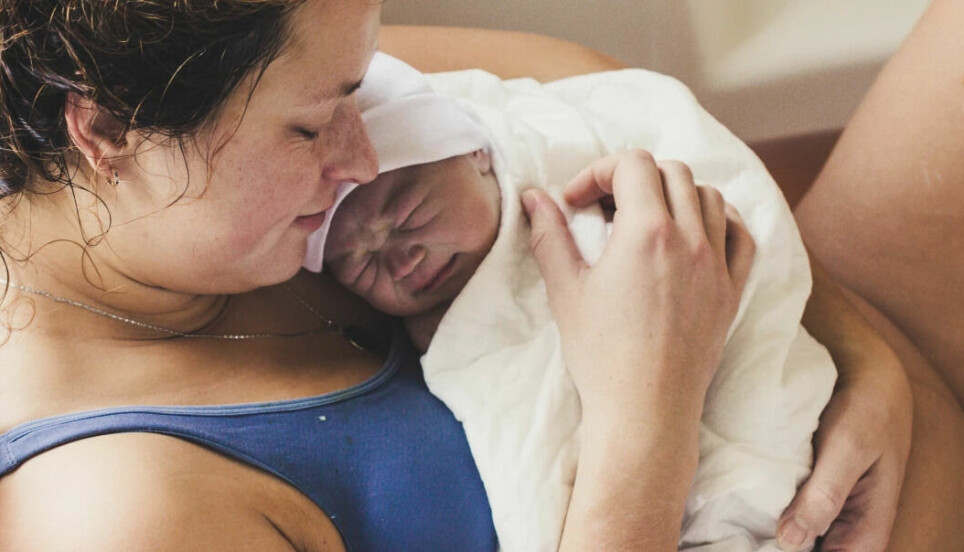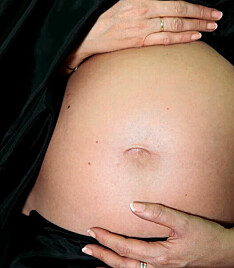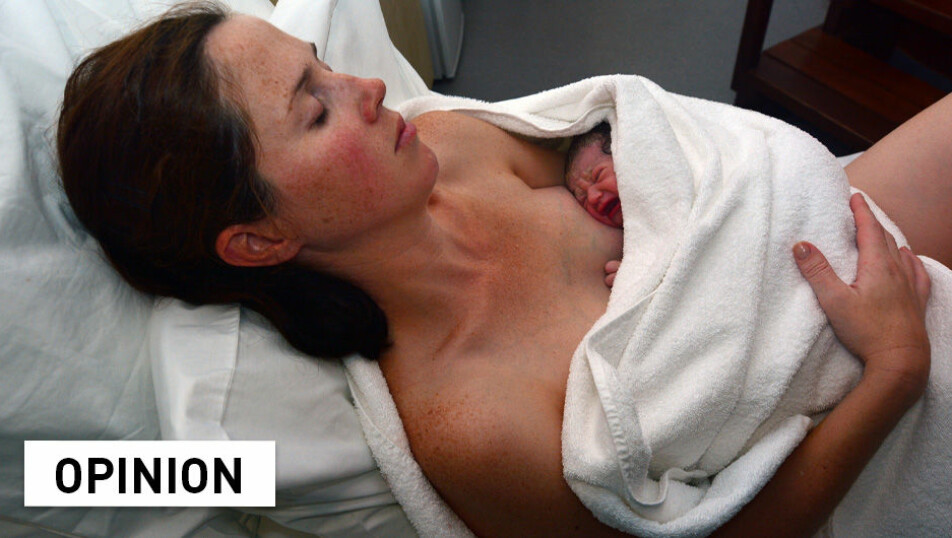
How dangerous is it to give birth? There are big differences between European countries
Researchers have compared birth mothers in eight European countries. The risk of dying was lowest in Norway.
Pregnancy and childbirth are a dangerous undertaking.
In many countries, one in 200 pregnant women dies during pregnancy, childbirth or immediately afterwards, from causes related to the pregnancy.
However, many of these deaths can be avoided if the mothers receive good follow-up and health care. Maternal mortality is therefore today as much as a hundred times lower in many rich countries, for example in Europe.
Nevertheless, we are still not at the finish line here either.
A new survey shows that different European countries have significant differences in maternal mortality risk.
Maternal mortality in eight countries
Caroline Diguisto from the University of Oxford, and colleagues from several countries including Norway, have compared data on maternal mortality in eight European nations:
Denmark, Finland, France, Italy, the Netherlands, Norway, Slovakia and the UK.
These countries were investigated because they have their own surveillance system to record deaths linked to pregnancy and childbirth.
The researchers have assumed that these systems are better suited to capture all these deaths, which are not always recorded correctly in the usual cause-of-death statistics.
In the new study, the researchers investigated both how good the systems were and whether there were differences in maternal mortality between the eight countries.
Fewest deaths in Norway
The results showed that maternal mortality was the lowest in Norway. Here, an average of 2.7 deaths per 100,000 live births were recorded in the years between 2014 and 2018.
Denmark also had very few deaths: 3.4 deaths per 100,000 births.
The country with the most maternal deaths – Slovakia – had a four times higher risk than Norway. There was an average of 10.9 deaths per 100,000 births.
The UK also had similar figures, with 9.6 deaths per 100,000 births.
Most dangerous for the youngest and oldest
It was the youngest and the oldest mothers who had the highest risk of dying.
The Netherlands and Finland had particularly high mortality rates for mothers under the age of 20. In Norway and several other countries, mortality was highest among older mothers, especially those over 40.
The most common causes of death were heart disease and suicide. Other causes were, for example, blood clots, amniotic fluid embolism, bleeding, and infections.
In all countries except Norway, maternal mortality was significantly higher among women with a minority background or women born outside the country.
Underreporting maternal mortality
The study cannot make claims about why there are differences between the countries. One possibility is that the women in some countries had poorer health when they became pregnant, compared to the women in other countries.
On the other hand, it is also conceivable that the differences reflect the quality of the health care system in various countries.
The results otherwise showed that there were significant differences between the figures that emerged when using own surveillance systems for maternal mortality, and the general statistics on deaths in society.
There appears to be a significant under-reporting of maternal mortality in the general figures, the researchers write in an article now published in the scientific journal BMJ.
Encourages countries to record mortality
Researchers Andrew Shennan, Marcus Green and Alexandra Ridout have not been involved in the study of maternal mortality but write about the results in a commentary in the BMJ.
They believe the study shows the value of special systems to record maternal mortality.
“This should encourage other countries to implement similar strategies,” they write.
And even the countries that have registration systems can do more to acquire important knowledge.
Blatant injustice
Many countries, for example, register deaths that occurred within the first 42 days after birth. But deaths related to pregnancy and childbirth can also happen after this. France and the UK, on the other hand, have included birth-related deaths for up to a year.
In these two countries, the authorities also provide special funding for the collection and analysis of data on maternal mortality, Shennan, Green and Ridout write.
“Such funding should be considered by countries that are currently without it,” they write.
They believe that the great differences in maternal mortality in the world are shocking. Most deaths can be prevented, often with relatively cheap measures.
“Maternal mortality remains one of the starkest health injustices in the world,” they conclude.
———
Translated by Alette Bjordal Gjellesvik.
Read the Norwegian version of this article on forskning.no
References:
Diguisto et al. Maternal mortality in eight European countries with enhanced surveillance systems: descriptive population based study, BMJ, 2022. DOI: 10.1136/bmj-2022-070621
Shennan et al. Accurate surveillance of maternal deaths is an international priority, BMJ, 2022. DOI: 10.1136/bmj.o2691
------



































